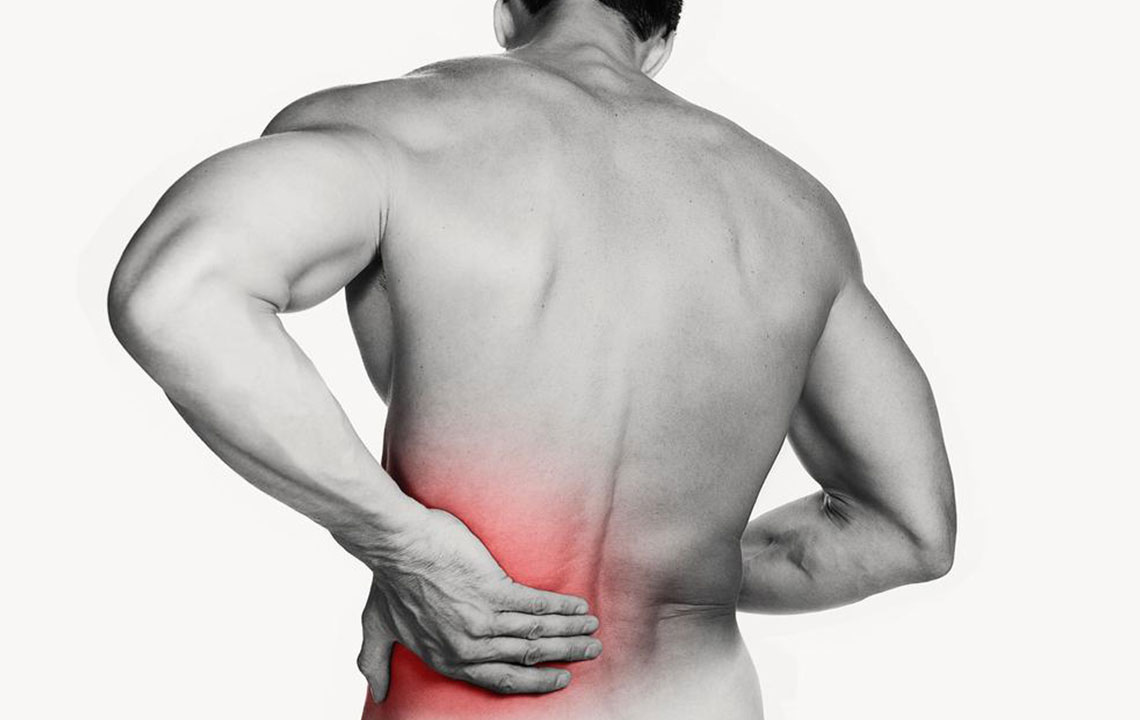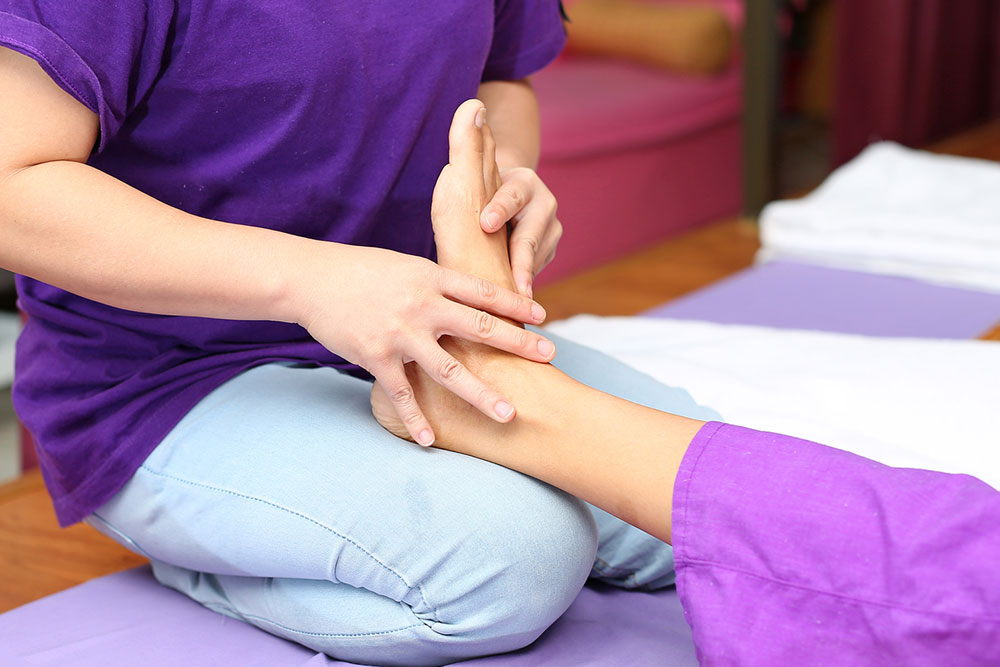Top Causes of Nerve Discomfort in the Feet and Effective Treatments
Discover the common causes of foot nerve pain, including diabetic neuropathy, spinal stenosis, and herniated discs. Learn about symptoms and various treatment options like medication, physical therapy, and alternative therapies. Early diagnosis and professional guidance are essential for effective management and relief of foot nerve discomfort.

Top Causes of Nerve Discomfort in the Feet and Effective Treatments
Foot nerve issues can lead to significant discomfort and impact daily life. Understanding the root causes and available treatments is essential for relief.
Below are common causes of foot nerve pain along with treatment options:
Diabetic Peripheral Neuropathy
Diabetic nerve damage often manifests as foot pain, known as diabetic peripheral neuropathy.
Early detection is crucial to manage diabetic neuropathy effectively. Watch for symptoms such as numbness, heightened sensitivity, burning sensations, or tingling in the feet and limbs. Prompt medical advice is essential, especially with a family history of diabetes or elevated blood sugar levels.
Signs indicating diabetic nerve issues include:
Numbness in toes, fingers, feet, and hands
Increased sensitivity in the feet
Burning pain in legs, possibly extending to arms
Tingling sensations in extremities
This nerve pain in the feet can be alarming but is quite common among diabetic patients. Multiple treatment options are available to help manage this condition.
Possible therapies for diabetic-related foot nerve pain include:
Medications: Anti-depressants, anti-seizure drugs, opioids, and anticonvulsants are often prescribed to control pain.
Topical patches: Anesthetic patches with lidocaine can provide targeted relief.
Physical therapy: Advanced, non-invasive physical therapy techniques help reduce discomfort effectively.
TENS therapy: Electrical nerve stimulation (TENS) can alleviate nerve pain.
Acupuncture: When performed correctly, acupuncture may reduce nerve pain symptoms.
Capsaicin creams: Made from hot pepper extracts, these creams help block pain signals. Use under medical supervision due to possible allergic reactions or interactions.
Spinal Stenosis
Narrowing of spinal spaces causes pressure on nerves, resulting in foot nerve pain. Common symptoms include pain and muscle cramps, particularly worsening with certain positions.
Relief can often be found by bending forward or sitting down. Walking downhill or on flat surfaces may become difficult for those with spinal stenosis.
Contributing factors include:
Growths or tumors on the spinal cord
Bone spurs and wear-and-tear from aging
Inflammation in the spine
Spinal fractures or injuries
Decreasing bone density over time
Management strategies involve physical therapy, pain control, and sometimes surgery if severe.
Herniated Disc
When spinal discs get compressed or slip out of position, they can irritate nearby nerves, causing foot pain. This is a common spinal injury and can lead to sharp, burning pain in the back, legs, and feet.
Symptoms include:
Intense pain in the lower back, legs, or feet
Difficulty lifting toes or feet
Numbness in legs, feet, and back
Heightened sensitivity and sharp sensations
Tingling and pins-and-needles sensations
Most herniated discs improve within a few weeks with rest, combined with medication and physical therapy. Early consultation is crucial for proper treatment and recovery.










